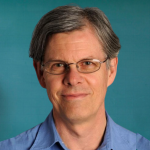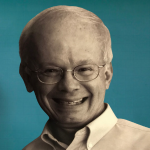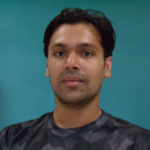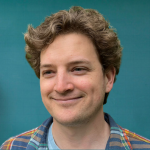 |
Jerry M. Lodder
My scholarly activities are characterized by both breadth and depth, ranging from traditional research topics in algebraic topology to applications in differential geometry to groundbreaking publications in mathematics pedagogy. My work has found external funding in three separate grants from the National Science Foundation, additional funding as a research fellow at the Institut de Recherche Mathématique Avancée in Strasbourg, the Institut des Hautes Etudes Scientifiques near Paris, as well as a further research grant from the Centre National de la Recherche Scientifique (CNRS). Outside of New Mexico State University, I have delivered numerous seminar lectures, conference addresses, colloquia, workshops, and special session presentations, in a variety of venues, ranging from regional meetings of the American Mathematical Society to national meetings to international conferences, including the quadrennial International Congress of Mathematicians.
As an area of specialization, I have pioneered Leibniz cohomology as a tool for the study of the algebraic structure and geometric space, capturing classical ideas of curvature as cochains in the Leibniz complex, while detecting modern invariants of K-theory and characteristic classes, both primary and exotic, as non-trivial Leibniz cohomology classes. When applied to differentiable manifolds, Leibniz cohomology offers new geometric information with the potential to be a complete diffeomorphism invariant. Born as a collaboration with Distinguished Research Professor Jean-Louis Loday of Strasbourg, my work significantly enlarges the scope of the Leibniz theory, with students of the Loday school (Frabetti and Wagemann) writing papers that directly build on my results. The subject will endure for the foreseeable future. |
 |
David Pengelley
My research in topology is primarily on the structure of classifying spaces for various types of vector bundles and related spaces. I am currently developing new ways to describe the structure of their homology and cohomology as unstable algebras and modules over the Steenrod algebra and over related algebras of operations like the Kudo-Araki-May algebra. I am also studying their connections to the Dickson algebras and other invariant subalgebras of polynomial algebras under action by subgroups of the general linear groups. Most of my recently published papers are coauthored with Frank Williams, also of our department.
In mathematics education, I am working primarily on the pedagogy of teaching with primary historical sources at all levels, and this is described in more detail on the department’s web pages on our mathematics education research.
In the history of mathematics, I am involved in translation, research study, and exposition of classical Greek and eighteenth and nineteenth-century mathematics, with some emphasis towards number theory. I am currently co-authoring work on Sophie Germain’s handwritten manuscripts of her research on Fermat’s Last Theorem in the early nineteenth century. This too is described further in our department pages on work in the history of mathematics.
My web pages at (sites.google.com/view/davidpengelley/david-pengelley) lead to all my research papers, and to further information about all these endeavors. |
 |
Ross Staffeldt
I am interested in homotopy theory, algebraic K-theory, and applications of algebraic topology in applied mathematics. I consider homotopy theory a tool to apply to other problems in pure and applied mathematics. In algebraic K-theory, I am interested in so-called Nil-term phenomena that arise in splitting problems related to the Seifert-van Kampen theorem.
I am also interested in meaningful associations of topological spaces and topological invariants to large data sets. This is a new and growing area of research which links combinatorics, computing, statistics, geometry, and topology. I am exploring sample data sets from EEG experiments and astronomical observations. Among the tools, I try to apply are discrete Morse theory, witness complexes, clustering phenomena, and persistent homology.
|

|
Ted Stanford
My areas of interest are “knot theory and topological dynamics” or maybe “low-dimensional topology and topological dynamics.”
My research is mostly concerned with knots and links in S3. I have done some work with finite-type invariants (also called Vassiliev invariants), and some of their generalizations. I have worked on other topics related to knots and links, such as braids and knotted graphs. I am also doing some work on knot and link groups and some of their representations into a finite group or into finite-dimensional algebras. Current and recent collaborators in knot theory include Jacob Mostovoy, Jim Conant, and Swatee Naik. Along other lines, I have a research project with Erik Bollt and others to understand the symbol dynamics arising from a non-generating partition of a topological dynamical system.
|







